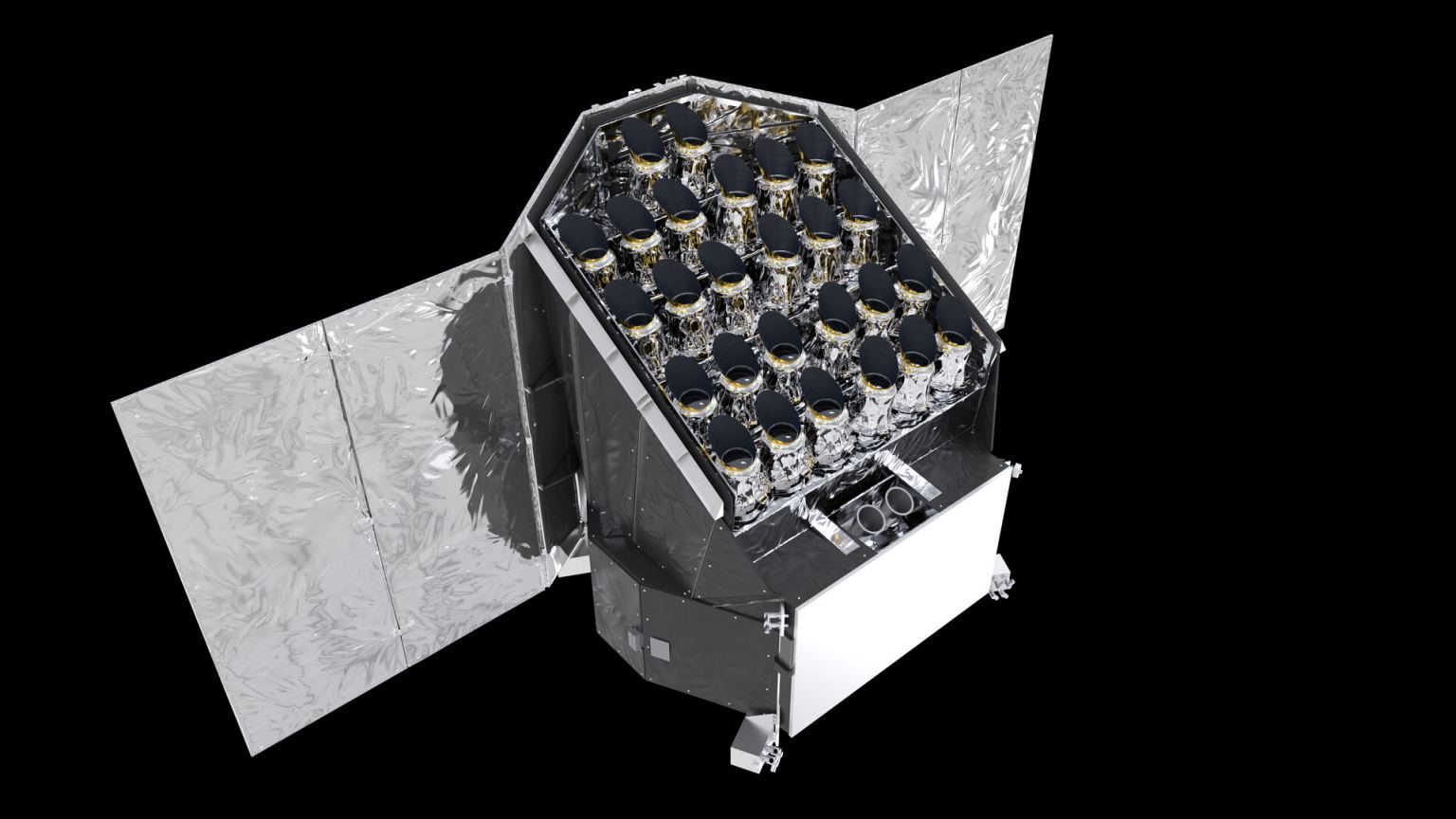
JULY 9, 2024 BY MARK THOMPSON
Finding planets that already have, or have the ingredients for intelligent life is a real challenge. It is exciting that new telescopes and spacecraft are in development that will start to identify candidate planets. Undertaking these observations will take significant amounts of telescope time so we need to find some way to prioritise which ones to look at first. A new paper has been published that suggests we can study the host stars first for the necessary raw elements giving a more efficient way to hunt for similar worlds to Earth.
Exoplanets are planets that orbit stars outside our solar system. They have been identified in the thousands since the first discovery in 1992, totalling currently 5,288. They vary widely in size, composition, and orbit, ranging from gas giants like Jupiter to rocky, potentially habitable planets similar to Earth. Advanced telescopes and detection methods like the transit and radial velocity techniques have enabled the discovery of Earth-sized exoplanets. Their study not only enhances our understanding of planetary formation and evolution but also the search for extraterrestrial life.

The search for extraterrestrial life is no easy feat. Looking for aliens or at least environments where extraterrestrial life could one day evolve means knowing what to look for. To star with we can assume life has three basic requirements; I) building block elements (i.e., CHNOPS – carbon, hydrogen, nitrogen, oxygen, phosphorous and sulphur,) II) a solvent to life’s reactions (generally, liquid water) and III) a thermodynamic disequilibrium. It is assumed that similar requirements might be universal in the Cosmos. There is of course a chance of life based on a completely different set of needs but if we are going to start somewhere then we may as well start looking for life like that found on Earth, otherwise well, who knows what to look for!
Life on Earth can gain energy from a wide range of different thermodynamic disequilibria, a great example is life that thrives at the bottom of the ocean, taking energy and indeed nutrients from thermal vents. More widely it relies upon chemical reactions where the an electron is lost or gained changing its oxidation state. This is known as redox disequilibrium. Each reaction requires special proteins called oxidoreductases. The process requires metals as catalysts and without them, the process is unable to progress.

The distribution of these metals (which are more accurately known as transition metals) in the Universe varies significantly over time and space. Despite this wide ranging distribution across the cosmos, the role of these metals in enabling life has been largely overlooked in identifying astrobiological targets. The paper published by Giovanni Covone and Donato Giovannelli propose that the presence of certain elements is essential for habitability and should be prioritised as a primary factor when selecting exoplanetary targets in the search for life.
High resolution spectroscopy of rocky planets identified by missions like ESA’s PLATO mission will focus on hunting for CHNOPS elements in stars. This data, along with the exoplanet parameters will help hone the search. Identifying promising candidates will then enable follow up observations as telescope and observatories like the PLATO (PLAnetary Transits and Oscillations of stars) space telescope under development by the ESA and due for launch in 2026. Systems like PLATO and the James Webb Space Telescope are set to change the landscape of our search for extraterrestrial life.
Source : Stellar metallicity is a key parameter for the search of Life in the Universe

Leave a Reply